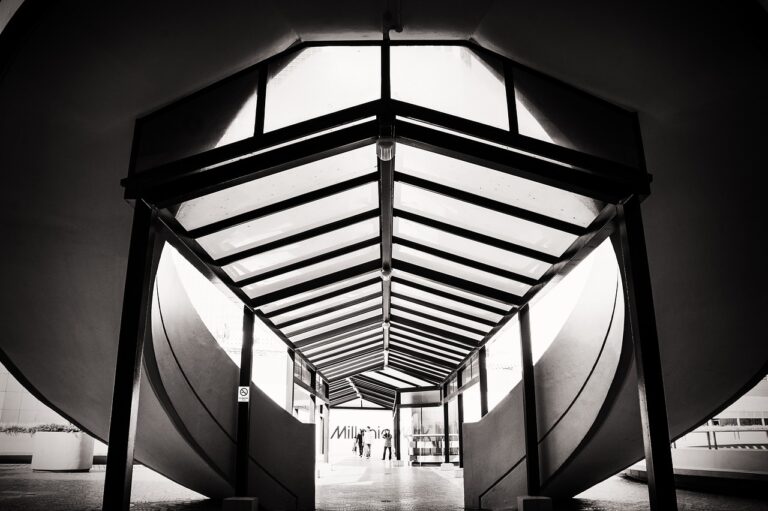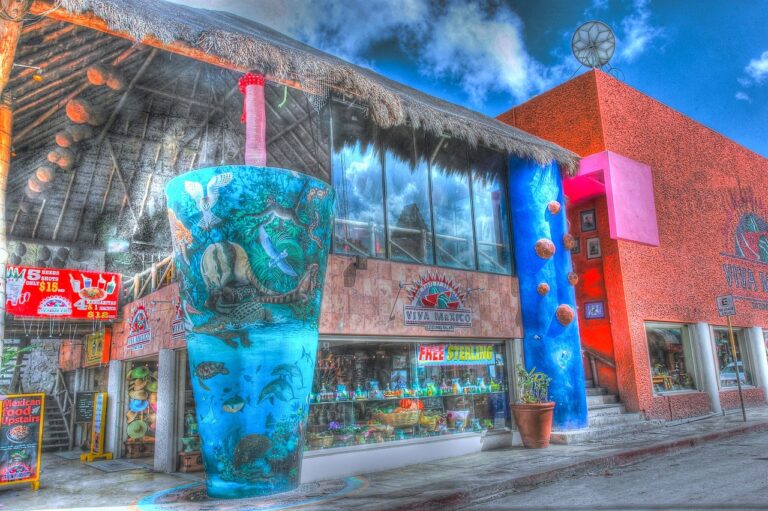The Future of Retail Logistics: Optimizing Delivery Routes and Last-Mile Delivery
Retail logistics face numerous challenges that can hinder the smooth flow of operations. One of the major obstacles is the increasing customer demand for faster delivery times. Retailers are under pressure to deliver products quickly and efficiently, which can strain existing logistics systems and lead to bottlenecks in the supply chain. This demand for speed often requires retailers to re-evaluate their transportation and distribution processes to meet consumer expectations.
Another key challenge in retail logistics is the complexity of managing inventory across multiple sales channels. With the rise of omnichannel retailing, retailers must synchronize their inventory levels across online platforms, physical stores, and warehouses to provide a seamless shopping experience. This task can be daunting, as it requires real-time visibility of inventory levels and accurate forecasting to prevent stockouts or overstock situations. Failure to effectively manage inventory can result in lost sales, dissatisfied customers, and increased carrying costs for retailers.
Managing customer demand for faster delivery times
Strain on existing logistics systems
Need to re-evaluate transportation and distribution processes
Complexity of managing inventory across multiple sales channels
Synchronizing inventory levels across online platforms, physical stores, and warehouses
Real-time visibility of inventory levels and accurate forecasting required
Importance of Efficient Delivery Routes
Efficient delivery routes play a crucial role in the success of retail logistics operations. By carefully planning and optimizing routes, businesses can minimize delivery times, reduce fuel consumption, and ultimately lower operational costs. Moreover, efficient routes contribute to customer satisfaction by ensuring timely and reliable deliveries, which in turn can enhance brand reputation and customer loyalty.
In today’s competitive retail landscape, the importance of efficient delivery routes cannot be overstated. With the rise of e-commerce and the increasing demand for fast shipping options, businesses need to prioritize route optimization to stay ahead of the competition. By leveraging technologies such as GPS tracking, route planning software, and real-time traffic updates, companies can streamline their delivery processes, improve efficiency, and meet the growing expectations of modern consumers.
Utilizing Technology in Logistics
Modern advancements in technology have revolutionized the way logistics operations are managed. The implementation of cutting-edge technologies such as artificial intelligence, blockchain, and Internet of Things (IoT) has significantly enhanced the efficiency and effectiveness of supply chain management. These technologies provide real-time data insights, thus allowing for better decision-making, optimized routes, and improved inventory management.
Moreover, the use of predictive analytics in logistics has enabled companies to forecast demand more accurately and anticipate potential disruptions in the supply chain. By analyzing historical data and trends, businesses can mitigate risks and proactively address issues before they escalate. This proactive approach not only enhances customer satisfaction but also reduces costs by minimizing downtime and optimizing resources.
What are some common challenges in retail logistics?
Some common challenges in retail logistics include inventory management, order fulfillment, transportation costs, and last-mile delivery.
Why is it important to have efficient delivery routes in logistics?
Efficient delivery routes help reduce transportation costs, minimize delivery times, and improve overall customer satisfaction.
How can technology be utilized in logistics to overcome challenges?
Technology can be utilized in logistics through the use of route optimization software, real-time tracking systems, inventory management systems, and automation tools to streamline processes and improve efficiency.
What are some examples of technology that can be used in logistics?
Examples of technology that can be used in logistics include GPS tracking systems, warehouse management software, inventory tracking systems, and autonomous vehicles for delivery.
How can businesses benefit from integrating technology into their logistics operations?
Businesses can benefit from integrating technology into their logistics operations by reducing costs, improving accuracy, increasing productivity, and enhancing customer service.







